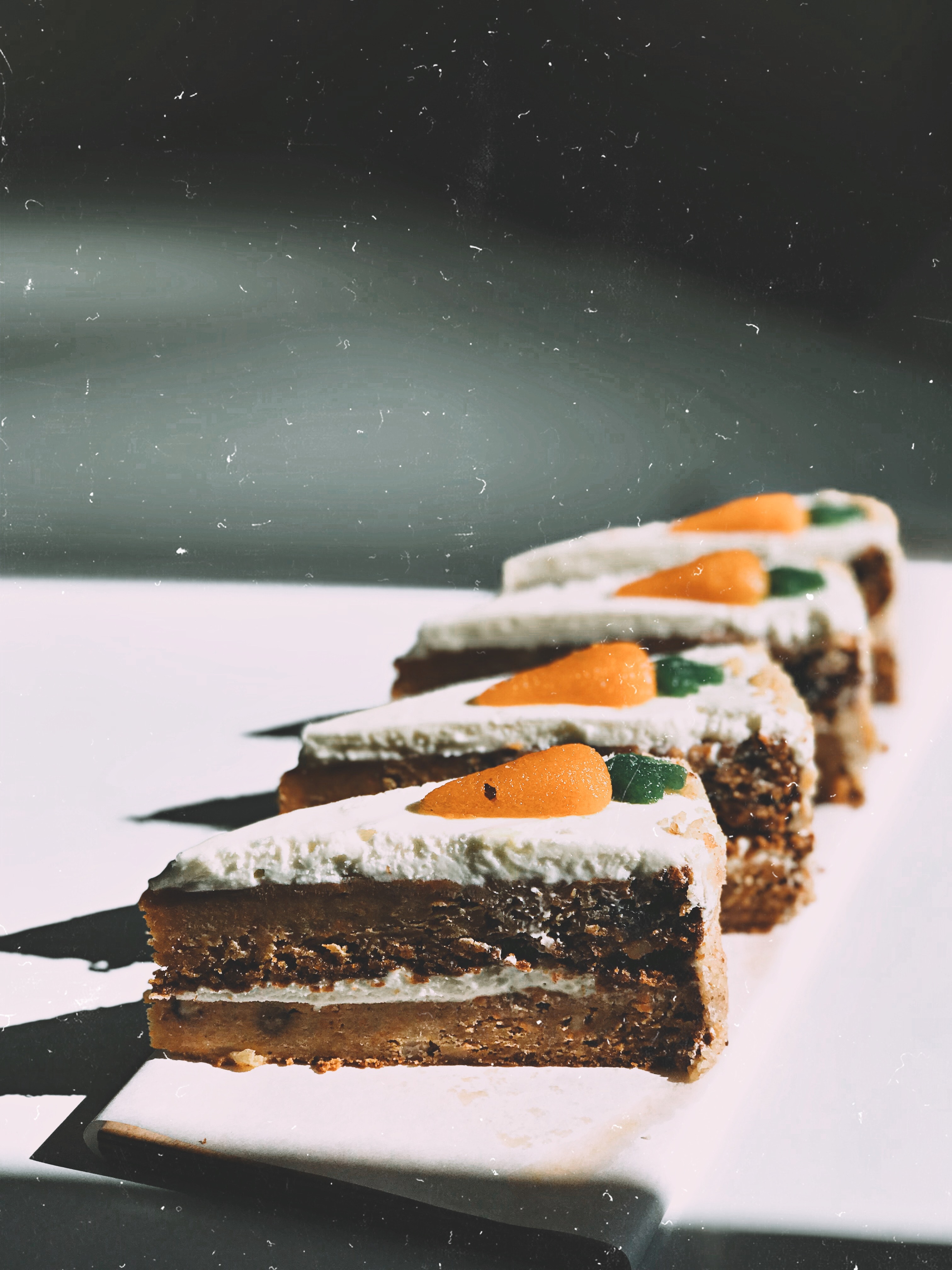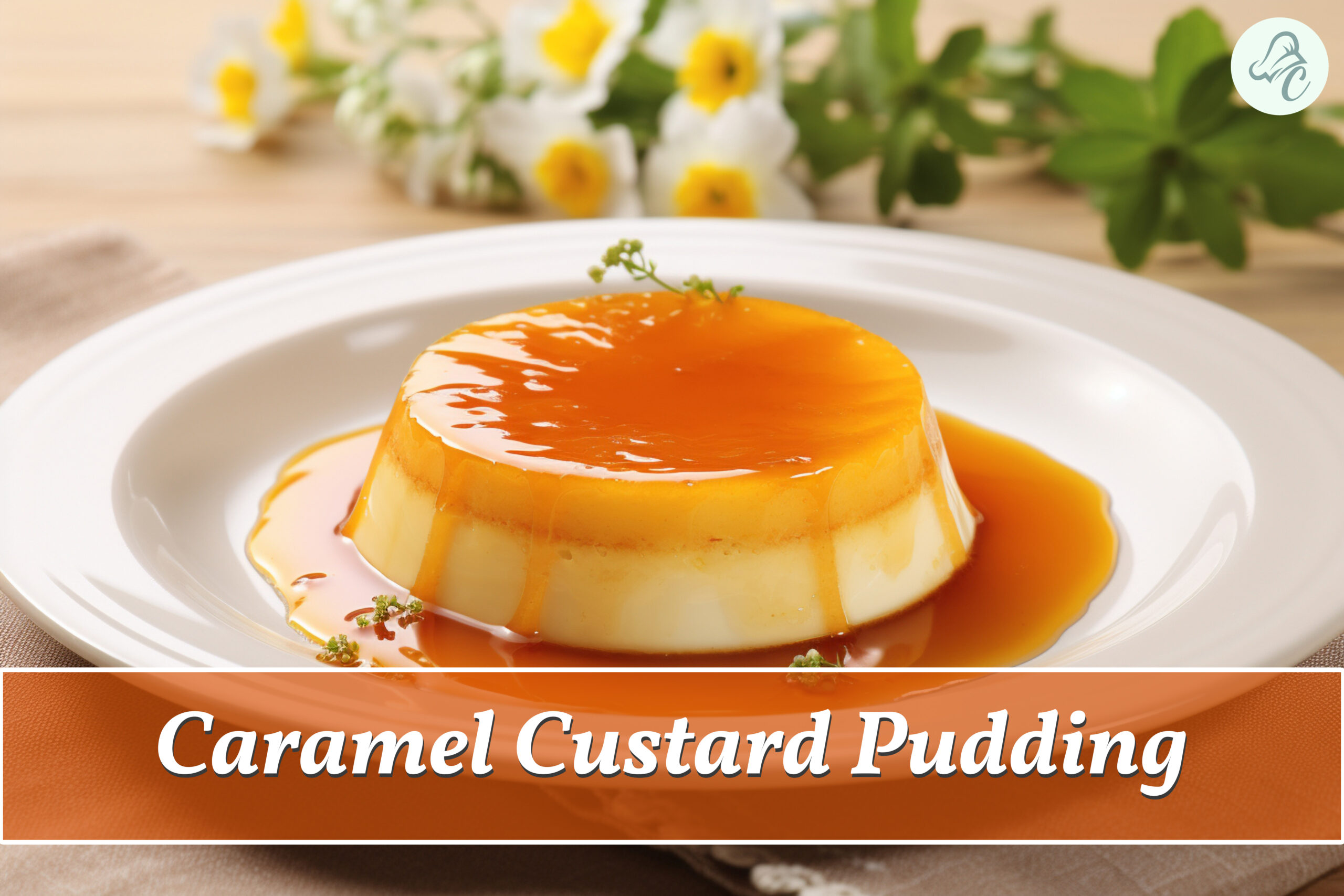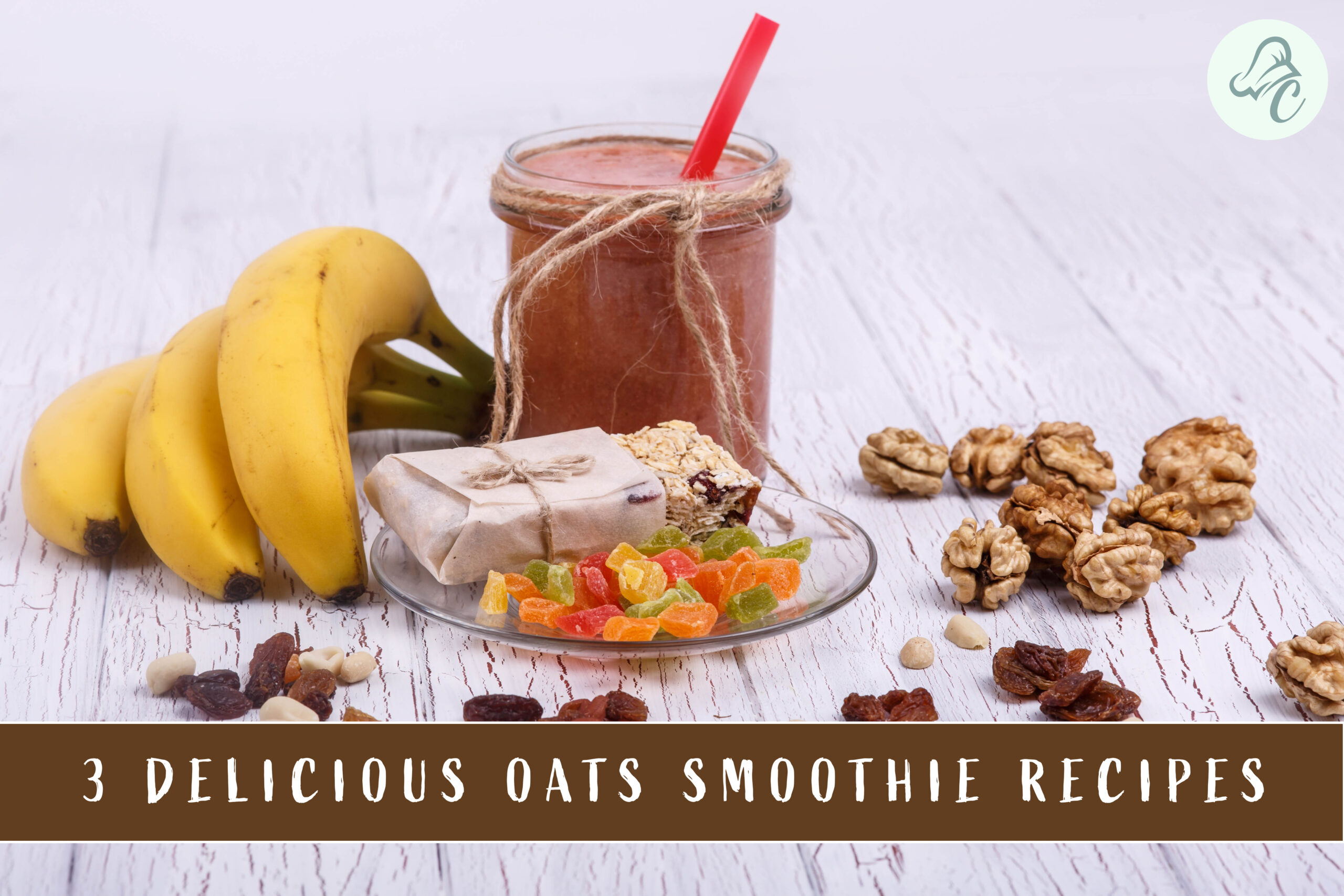You’ll adore this magnificently moist, impeccably flavored Carrot Cake Recipe. This cake is quite easy to make. Finish everything off with a cream cheese frosting for what really may be the ideal cake.
Ingredients
- 2 ½ cups all-purpose flour (315g)
- One cup granulated sugar (200g)
- 1 cup light or dark brown sugar (200g)
- One and a half teaspoon baking soda
- 1 teaspoon baking powder
- 1 teaspoon salt
- 2 teaspoons ground cinnamon
- ½ teaspoon ground nutmeg
- 1 cup canola or vegetable oil (235ml)
- ½ cup unsalted butter melted (113g)
- 4 large eggs at room temperature
- 1 Tablespoon vanilla extract
- 3 cups grated carrots (340g)
- 1 cup chopped walnuts optional (125g)

Now that you know what to include in this moist carrot cake recipe, let’s get baking!
- First, preheat the oven to 350 degrees Fahrenheit.
- Then, coat a 9-inch round cake pan with cooking spray and set aside.
- Next, place flour, sugar, and spices in a small bowl and whisk until combined.
- In another bowl combine eggs, oil, and vanilla extract before mixing in the crushed pineapple until smooth.
- Add wet ingredients to dry ones then spread evenly into the prepared pan before topping with walnuts (optional).
- Bake for 40 minutes or until a toothpick inserted comes out clean before cooling completely on a wire rack then slice into 8 pieces per serving!
Baking powder & Baking soda
Baking powder is a leavening agent used to make baked goods rise. It’s made from an acid and a base, which react with one another when moistened by liquid. Baking soda can be used in combination with an acidic ingredient to create carbon dioxide gas bubbles (the main component of air). But it’s not as effective as baking powder at doing so.
In fact, when you add baking soda directly to this moist carrot cake recipe without any other acidic ingredients present. You’ll notice that your batter will get very foamy! This happens because the baking soda reacts with the moisture in your carrots and brown sugar both at once. It creates extra bubbles instead of just expanding those already present.
The result? A dense carrot cake that tastes like it’s been sitting out on the counter for days (not necessarily in a good way). It’s best to use baking powder instead here since it doesn’t foam up quite as much as its counterpart does when exposed to moisture. Leaving more room for fluffy crumbs instead of soggy ones!
- If you are using salted butter, omit the salt in this recipe.
- Alternatively, you can use unsalted butter and add small amounts of salt to taste.
- Or, if you prefer to avoid salt in your diet, just use salted butter as directed in this recipe.
Ground Cinnamon
Ground cinnamon is a spice that comes from the bark of the tree Cinnamomum verum, commonly known as the “cassia” or Chinese cinnamon tree. It has a sweet, warm flavor and is used in many desserts and savory dishes. Ground cinnamon is also sometimes used to add an extra kick to curry sauces.
Cinnamon has been used as a medicinal herb for thousands of years in China, India, and elsewhere across Asia, Europe, and Africa. Because it contains natural antioxidants which have been shown to lower blood sugar levels in people with type 2 diabetes.
Butter
Room-temperature butter is essential for this moist carrot cake recipe. It’s easier to cream, spread, work with, measure, and mix with room-temperature butter. And—best of all—it bakes up beautifully in the oven!
I’ve included instructions on how to bring cold butter to room temperature quickly: just leave it out on the counter while you get everything else ready.

Granulated sugar
Granulated sugar is a type of sugar that comes in large, white crystals. It’s made from sugar cane and is often used in baking, coffee, and cocktails. If you’ve ever added a teaspoon of granulated sugar to your morning cup of joe or stirred it into your favorite cocktail recipe, you’re familiar with this ingredient.
Granulated sugar can be found anywhere from specialty shops to grocery stores. Some brands include demerara (a coarse-textured variety) and muscovado (which has a slightly bitter taste).
Brown sugar has more moisture than white sugar, which is why this recipe has a smaller amount of it.
Brown sugar also gives your cake a deeper caramel flavor and is less refined than white granulated sugar, so you can use less of it to sweeten your cakes without sacrificing their moistness or the richness of their taste.
Grated Carrots:
This recipe calls for 3/4 cup of grated carrots, which may seem like a lot. But if you have time to grate them yourself and drain off the pineapple juice (or buy pre-grated carrots that are already drained), you’ll be rewarded with a moist and rich cake.
If you’re short on time, the next best option is to use baby carrots that come packaged in their own juice; drain that off before adding it to your batter.
First, start by washing and drying your carrots thoroughly. Then peel them with a vegetable peeler or paring knife if they’re organic. Most grocery stores sell organic carrots these days!
Cut off the ends of each carrot with another paring knife; this will make it easier for you to hold onto as you grate. Grate one at a time using either an old-school box grater or food processor attachment for shredding purposes.
Use caution when working this way since there’s more potential for splashing than when using just about any other utensil. Make sure everyone around can see what’s going on so no one gets hit by flying carrot pulp!
Crushed pineapple
The secret ingredient in this moist carrot cake recipe is crushed pineapple. You can use fresh or canned pineapple, but be sure to drain it well if you’re using canned. You can also use any type of canned pineapple in this moist carrot cake recipe. I find that the flavor is best when I mix a variety of different brands together. If you want to add some extra sweetness, feel free to add a little bit of sugar as well!
For those looking for an even healthier option: try using unsweetened apple juice instead of pineapple juice!






